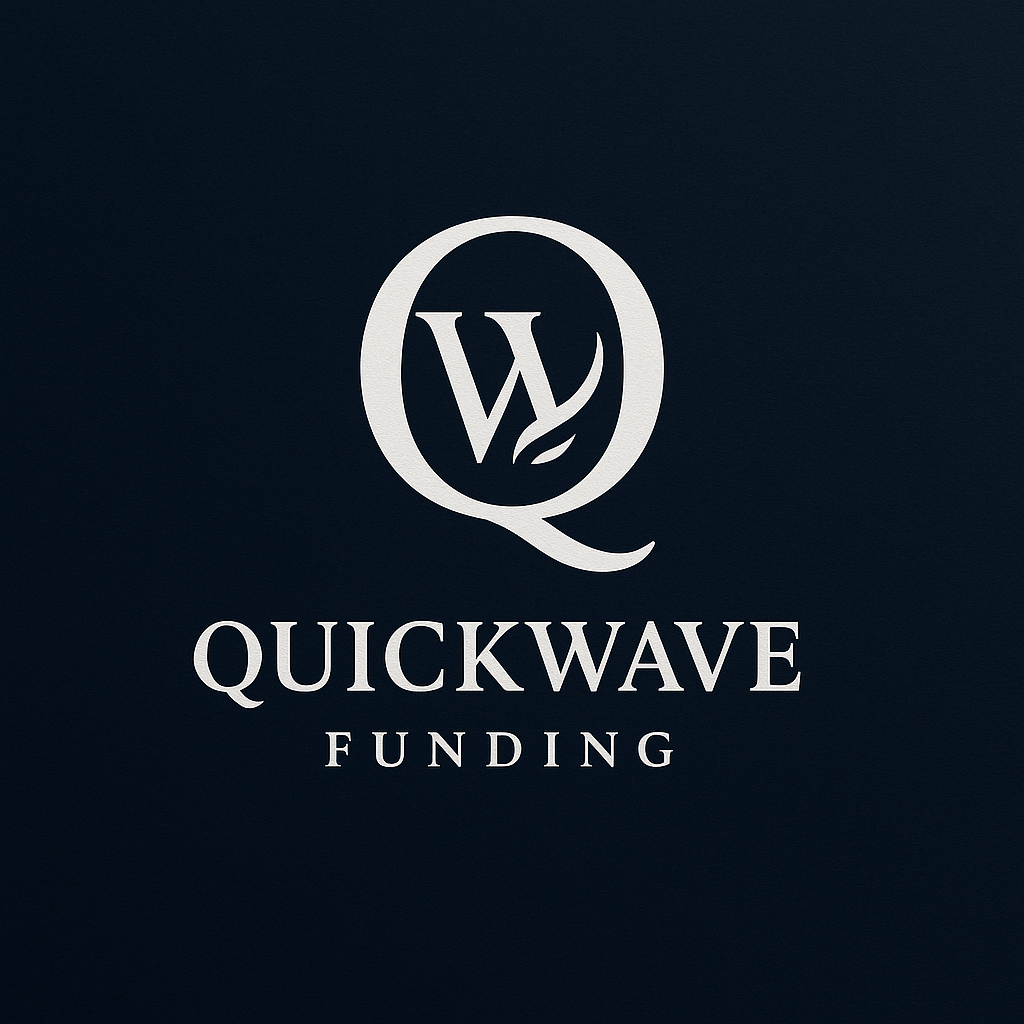Business Line of Credit (LOC): how it works, costs, pros & cons
What is a business line of credit?
A line of credit is revolving financing: you draw, repay, and draw again up to a limit. Interest accrues on what you use, not the full limit.
How costs work
LOCs typically have an interest rate (fixed or variable) and sometimes a draw fee. Effective cost depends on utilization and days outstanding. Many owners time draws close to when funds are needed and repay early to minimize interest.
Pros and cons
- Lower effective cost than MCA if used wisely
- Pay interest only on the amount used
- Flexible reuse without reapplying
- May require stronger credit or collateral
- Variable rates can move
- Limits and covenants may apply
Eligibility & documents
- Time in business and revenue stability
- Bank statements and financials as requested
- Personal credit and guarantees may be considered
When an LOC beats an MCA
For recurring working‑capital needs and disciplined paydown, LOCs often deliver a lower effective cost than a lump‑sum advance with fixed payback.
FAQs
Usually daily on the outstanding principal; billed monthly. Some LOCs charge draw fees per advance.
Yes—repaying early reduces interest since it’s based on days outstanding.
Some LOCs are unsecured; others may require a lien/UCC filing. We’ll outline requirements before you sign.
Initial approval can take a few days; subsequent draws are often same‑day.
We aim for soft pulls to start when possible; we’ll ask before any hard pull.
See how MCA, LOC, and short‑term loans stack up by cost, cadence, and flexibility.
Open the comparison